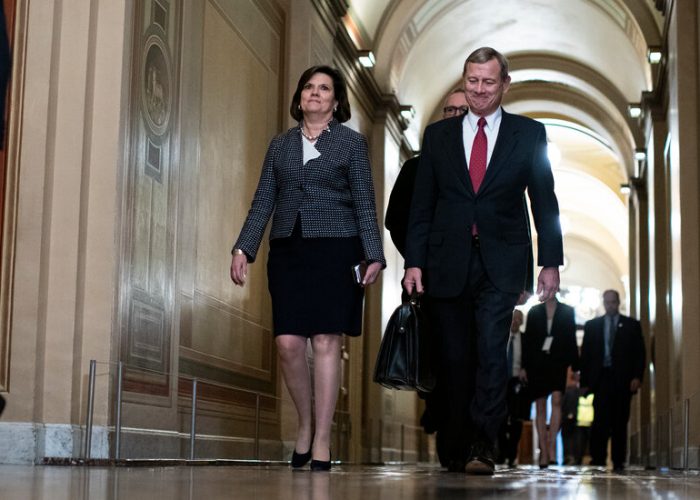In reaction to the pandemic, the Supreme Court postponed arguments that had been scheduled for March and April, and in May it embarked on a bold experiment, hearing arguments by telephone and letting the public listen in, both firsts. The court has now heard some 40 arguments in the new format. Notwithstanding the occasional glitch, including what certainly sounded like a flushing toilet, the proceedings were orderly and dignified if at times stilted and inert.
The justices ask questions one at a time, in order of seniority, a stark contrast to the free-for-all that had greeted lawyers arguing in the courtroom. We look like Family Feud, Justice Thomas once told a bar group, explaining why he very seldom asked questions from the bench. On the phone, though, Justice Thomas is an active participant.
Chief Justice Roberts wrote that the new format allowed the court to function. Although we look forward to returning to normal sittings in our courtroom, the chief justice wrote, we have been able to stay current in our work.
By some measures, though, the courts workload is dropping. An appendix to the chief justices report said the court issued only 53 signed opinions in argued cases in the term that ended in July. That is the smallest number since the 1860s. The current term seems poised to yield a similarly small number of opinions.
During the Spanish flu epidemic, in the term that started in 1918, the court decided 163 cases, or more than three times as many as the current court.read more
Chief Justice Praises the Courts’ Responses to the Pandemic


